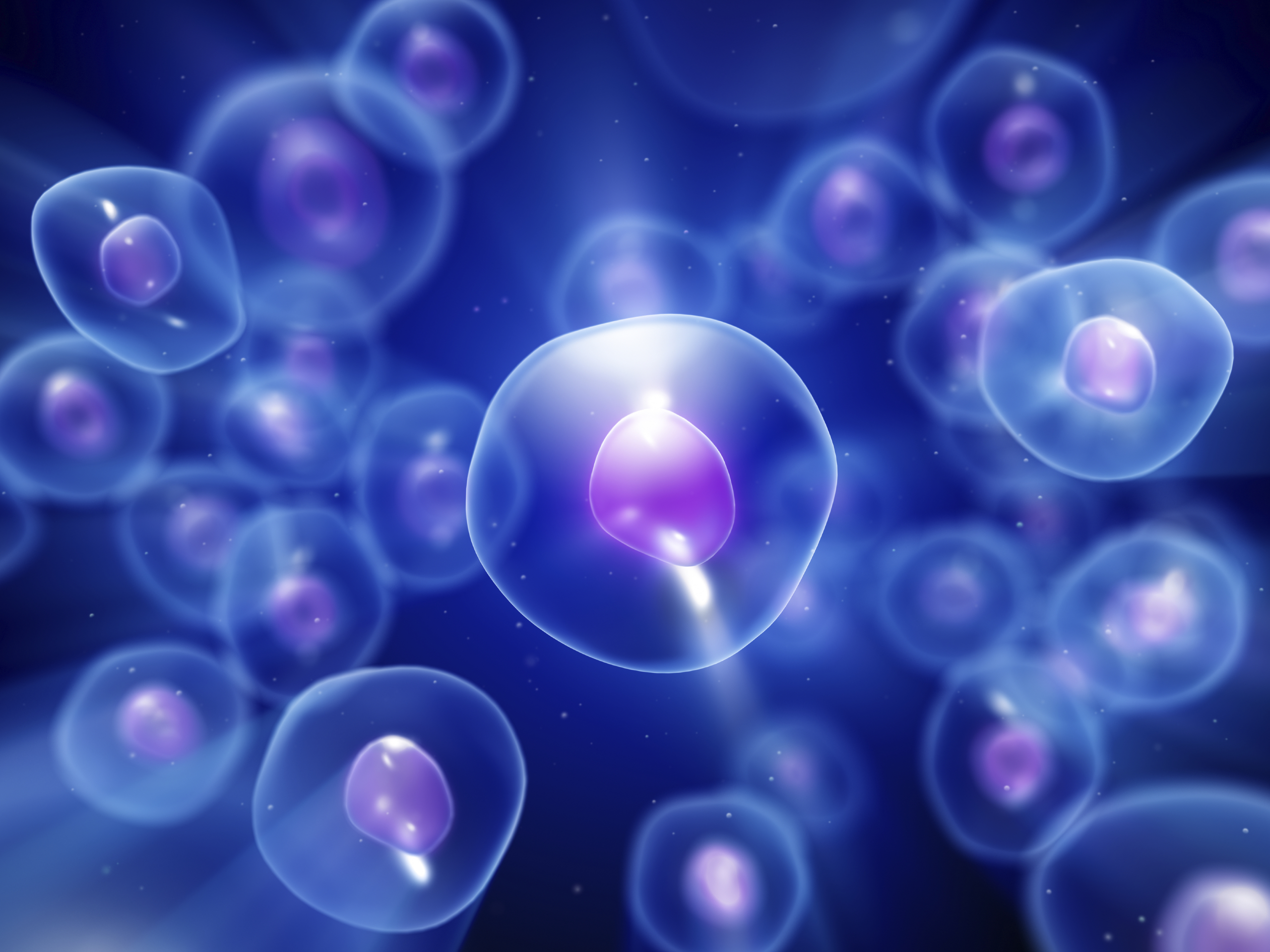Stem cells have the remarkable potential to develop into many different cell types in the body during early life and growth. When a stem cell divides, each new cell has the potential either to remain a stem cell or become another type of cell with a more specialized function, such as a muscle cell, a red blood cell, or a brain cell.
Stem cell therapy is being used as the next cure for all ills. The vast potential shown by stem cells in treatment of diseases considered as “degenerative, incurable and irreversible” like diabetes, heart disease, spinal cord injuries, Parkinson's, Alzheimer's disease has brought them into the limelight. Research in human developmental biology has led to the discovery of human stem cells which can give rise to multiple tissue types, including embryonic stem (ES) cells and adult stem cells. As stem cell biology moves from the laboratory to the clinic and the experimental treatment of patients, in India it does so in a governance vacuum. Stem cells play an important role in veterinary science in different ways. Stem cells are of two type’s i.e embryonic stem cells (ES) and adult stem cells. Now a day’s several stem cell therapies for animal patients are being developed and some, such as the treatment of equine tendinopathies with mesenchymal stem cells (MSCs), have already successfully entered in the market. Since, animal models are generally used to study the properties and potential of stem cells for possible future applications in human medicine. Hence, in the young and emerging field of stem cell research, human and veterinary medicine are tied with each other. Most of the pioneering innovations in stem cell research are achieved by cooperating teams of human and veterinary medical scientists.
Embryonic stem cells: - Embryonic stem (ES) cell research is mostly performed in animals. The key feature of ES cells is that, they have a potential to form to any tissue type of the body except placenta. ES cells are capable of self-renewal and thus have the inherent potential for prolonged culture (up to 1-2 years). So far, ES cells have been recovered and maintained from non-human primate, mouse and horse blastocysts. In addition, bovine ES cells have been grown in primary culture and there are several reports of ES cells derived from rat, rabbit, chicken and pigs. The clinical applicationsof ES cells are not possible, due to their in vivo teratogenic degeneration.Since theES cells have knocked the doorsteps, theyshowed themselves in the field of science, research, and medicines, but the several restrictions incarcerate their application in human welfare.
Induced pluripotent stem cells and their reprogramming: - Alternate approaches i.e., innovation of induced pluripotent stem cells (iPSCs) paved a new hope for the researchers. The application of iPSCs in regenerative medicine was demonstrated in 2007 by Hanna and coworker, where iPSCs were used for treatment of sickle cell anemia, a disease caused by single gene defect. The disease-causing mutation was resolved by homologous recombination in iPSCs generated from mouse model. Then, this iPSCs was differentiated into blood-forming progenitor cells which were transplanted into anemic mice and later on disease was cured. Different data showed that disease have been treated by iPSCs transplantation like spinal cord injury, Parkinson’s disease,hemophilia A, limb ischemia, acute myocardial infarction, peripheral vascular disease, diabetes, and regeneration.
Clinical applications of stem cells- Now a day’s adult haematopoietic and MSCs are use for transplantation because they can easily be recovered from extra embryonic or adult tissues having a more limited plasticity than their embryonic counterparts. It is believed that these stem cells serve as good cell source to maintain tissue and organ mass during normal cell yield in adult individuals. Thus, the focus in veterinary science is currently drawn to adult stem cells and their potential in regenerative medicine. Moreover, experience gained from the treatment of animal gaveprecious information for human medicine and serves as precursor to future stem cell use in human medicine.As compared to human medicine, haematopoietic stem cells play a small role in veterinary medicine because medical conditions need myeloablative chemotherapy which is followed by haematopoietic stem cell induced recovery of the immune system which are rare and generally not being treated for monetary as well as animal welfare.In contrast, regenerative medicine using MSCs for the treatment of acute injuries as well as chronic disorders is gradually turning into clinical routine because these cells did not form tumor when transplanted into patients. Therefore, MSCs from either extra embryonic or adult tissues are in the spotlight in veterinary science and research.
The invention of knowledge via scientific research offers enormous intellectual rewards for researcher’s though also performing an important social function. The advancement of science has changed our lives in ways that would have been unpredictable just a half-century ago. A similar effect of stem cell research will be determined, but the promise is very good to think seriously about how cell research should be improved in a way that is sensitive to public sensitivity. There is a public dialogue about the research and use of human stem cells.
